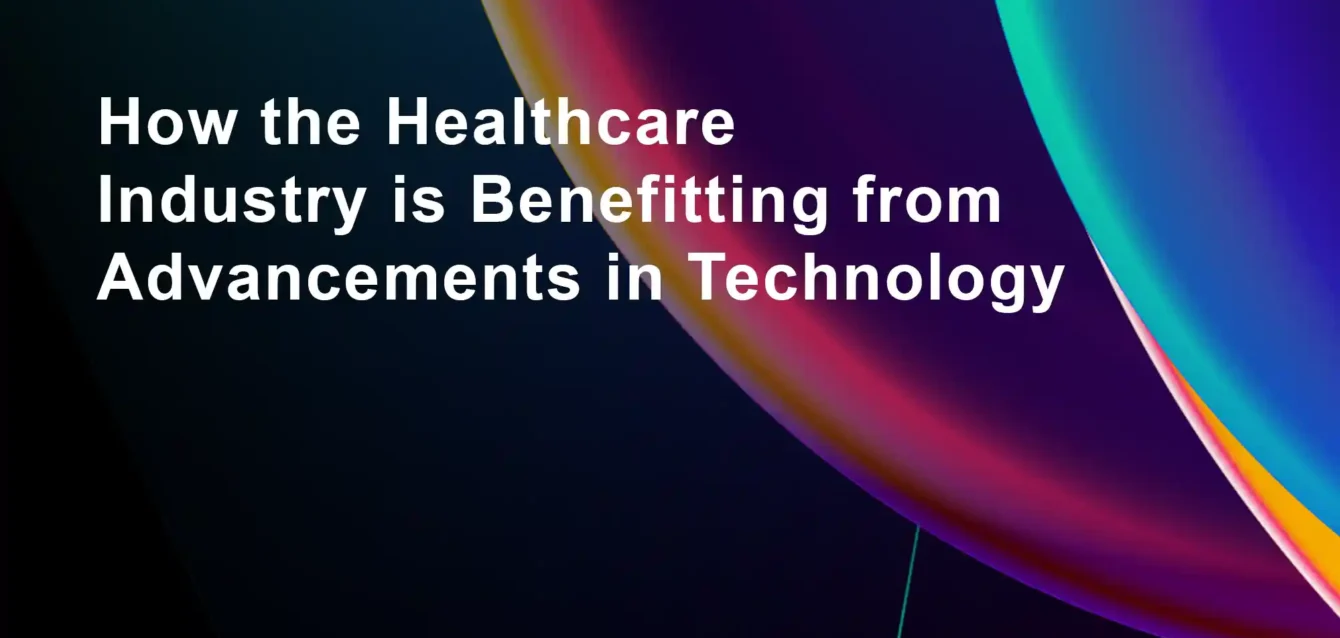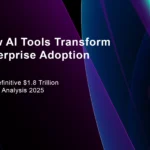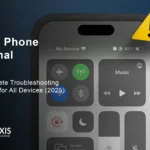Walk into a hospital today and the first thing you notice might not be the technology. It’s the hum in the background—the quiet movement of staff, the glow from tablets in their hands, the steady rhythm of devices running tests somewhere behind the scenes. Technology isn’t front and center the way it is in other industries. It works almost invisibly, yet it’s completely reshaping the way care is delivered.
A decade ago, most patient charts were still on paper in many facilities. Doctors scribbled notes that had to be transcribed later. Lab results took hours, sometimes days, to filter through the right channels. Mistakes, when they happened, were often the result of missing information or delays in communication. That’s changing, quickly.
Artificial intelligence is one reason. Laboratory software is another. Barcode scanning for medications. Mobile devices in every pocket. These tools aren’t science fiction—they’re here, in use every day.
When AI Steps In
Artificial intelligence in healthcare isn’t about robots replacing doctors. It’s about speed and precision. In radiology, for example, AI-Tools comb through hundreds of images in minutes, pointing out areas that might need another look. They don’t give the final word, but they make sure a busy radiologist doesn’t miss something subtle.
In oncology, algorithms compare a patient’s case to thousands of others, looking for patterns in what treatments worked best. These aren’t just academic exercises. The recommendations sometimes mean a patient gets a targeted therapy sooner than they otherwise would.
And it’s not limited to clinical work. Hospital operations teams use predictive analytics to anticipate staffing needs, supply usage, and even the probability of no-shows for scheduled appointments. It’s not glamorous, but when the right number of nurses are on shift and the right supplies are stocked, patient care improves.
Inside the Lab
The work that happens in a hospital laboratory is invisible to most patients, but it’s central to almost every diagnosis. Laboratory information systems (LIS software) have changed how that work gets done. A blood sample isn’t just labeled with a sticker anymore—it’s logged into a digital system that tracks it every step of the way. From the moment it’s drawn to the moment results are reported, there’s a record.
This tracking cuts down on the kinds of errors that can have serious consequences. If a sample is delayed, managers know where it’s stuck. If results are ready, they go directly into the patient’s electronic record, available instantly to the care team. The pace of modern medicine demands that kind of speed.
A Simple Scan Can Stop a Serious Mistake
Medication errors used to be one of the more common and preventable causes of harm in hospitals. Now, barcode scanning has made those errors much less likely. Before a nurse administers a drug, they scan the patient’s wristband and the medication. If something doesn’t match the doctor’s order—wrong dose, wrong time, wrong patient—the system flashes an alert.
It’s a simple process, and it works. It also keeps the pharmacy side of the operation in better shape. Outdated or recalled medications are easier to spot and pull from stock. Hospital compliance teams like it too—there’s an electronic record of every dose given.
The Mobile Shift
There was a time when a doctor might leave a patient’s room, walk down the hall, log in to a stationary computer, and only then review test results or enter new orders. That lag is disappearing. Now, many use secure mobile devices to do the same work on the spot.
The same shift in mobility has pushed telehealth into the mainstream. A provider can be in their office, at home, or even traveling, and still conduct a virtual visit with full access to the patient’s record. For people in remote towns or those who struggle to travel, this is not just a convenience—it’s access to care they might otherwise go without.
Getting Systems to Speak the Same Language
One of healthcare’s oldest problems has been the disconnect between different systems. A hospital might have an electronic record that doesn’t talk to a specialist’s software, forcing staff to re-enter information. That’s changing as more organizations push for interoperability. Lab results can move instantly to a doctor’s device. AI can analyze them and suggest a follow-up.
When the pieces connect, decisions happen faster. A patient who might have waited days for a treatment plan can now get it in hours. And fewer tests have to be repeated because the results are already where they need to be.
Patients in the Loop
Technology isn’t only making life easier for doctors and nurses. Patients now have direct access to much of their own health data. Portals let them check results, request refills, and send questions to their care team without making a phone call. Wearables add another layer, tracking blood pressure, heart rate, and sleep patterns.
Some providers offer AI-powered chat features to answer routine questions or guide people toward the right resources. The idea is simple: when patients have more control over their health information, they’re more engaged in their care.
In Public Health, Time is Everything
Public health crises highlight the need for fast, coordinated action. AI tools can track disease spread, identify hotspots, and help direct resources before things spiral. Laboratory systems handle high testing volumes without losing accuracy, and mobile communication keeps everyone—from hospital staff to public health agencies—on the same page.
The difference this makes is measurable. Acting in days instead of weeks can change the course of an outbreak.
The Money Side
All this technology comes at a cost, but it also saves money in the long run. AI can reduce billing errors, barcode scanning cuts down on costly medication mistakes, and LIS platforms allow labs to process more tests without adding staff. Each improvement adds up, creating a more efficient system overall.
The Catch
Adopting new technology isn’t as simple as flipping a switch. Older systems need upgrades, and staff need training. Security is a constant concern, as healthcare data is a prime target for cyberattacks. But for organizations that take the leap, the payoff is substantial—faster care, fewer mistakes, and better patient outcomes.
Looking Forward
The next wave of healthcare technology will push even further. AI will continue refining its diagnostic abilities. Mobile devices could include real-time diagnostic tools. Laboratories may automate even more processes. The goal isn’t to replace human expertise—it’s to give healthcare professionals the best tools possible.
Technology is no longer a side element in healthcare. It’s part of the foundation. And while patients might not notice every advancement, they feel the results—in faster diagnoses, safer treatments, and more accessible care. That’s the real sign of progress.





